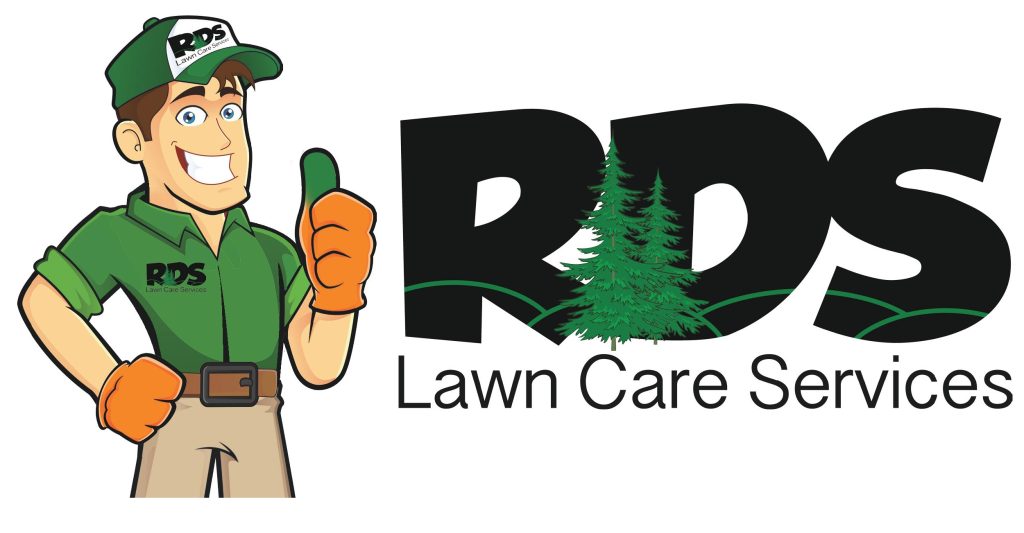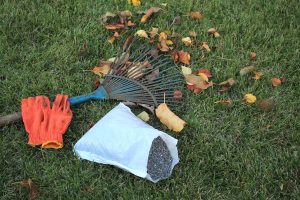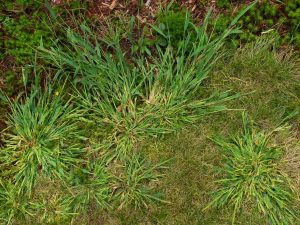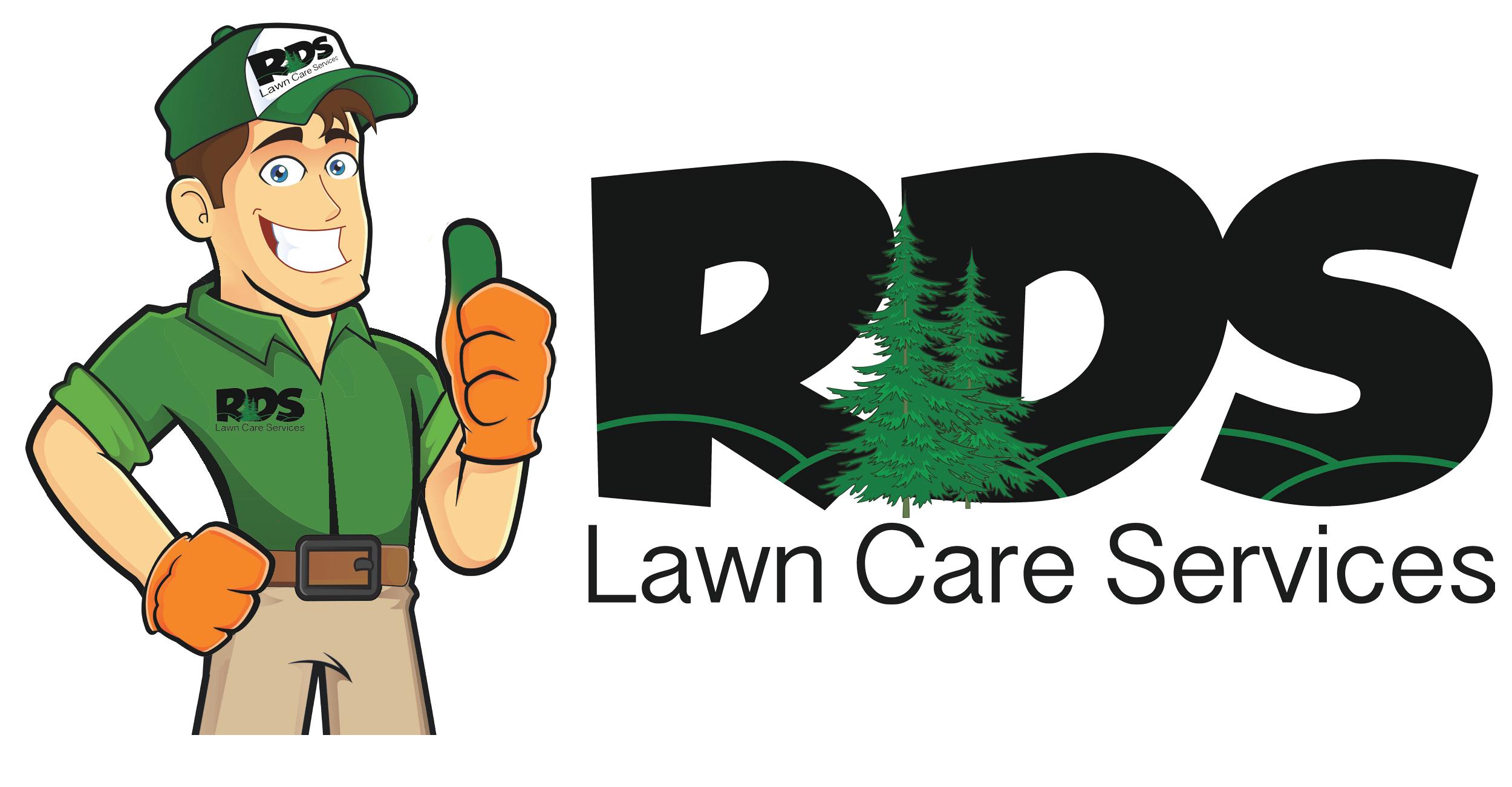
Nutsedge is a unique perennial lawn weed that plagues many areas across the Carolinas. Unlike most grassy weeds, nutsedge does not belong to the grass family (Poaceae) because it is not technically a grass… or a weed! Though it is commonly referred to as a lawn weed, nutsedge is actually a member of the sedge family (Cyperaceae). With its invasive growth and aggressive water consumption, nutsedge is one of the most damaging plants that could invade your lawn.
The RDS team has put together this guide to nutsedge to make sure your grass can stay healthy and hydrated all season long. Make sure to check out our homeowner’s guide to lawn weeds for even more information!
How To Identify Nutsedge

Nutsedge is commonly referred to as “nutgrass” or “watergrass” because of how similar this weed looks to normal, healthy grass. Before nutsedge matures and produces its seed head, it can be very difficult to differentiate nutsedge from the grass in your lawn. Nutsedge still shares many characteristics with turfgrass even though it is not a member of the grass family. One way you can tell nutsedge apart from the grass in your lawn is by locating areas that exhibit faster and taller growth than the surrounding areas of grass. This is the easiest way to identify any type of grass-like weed in your lawn, as the more aggressive nature of lawn weeds allows them to absorb more nutrients than turfgrass, causing rapid growth.
The biggest difference is that nutsedge has triangular or V-shaped stems. If you physically reach down and roll your fingers over the grass/weed in question, you will be able to feel 3 distinct edges that are not present on blades of healthy turfgrass. Another difference between nutsedge and grassy plants is that leaf blades of nutsedge grow in a fan-like shape, often in a clumping or bunching manner, and they are noticeably wider than many grassy weeds. Of course, the most noticeable difference comes when the nutsedge weed is mature and produces its thistle-like flower. If you see any combination of these traits in your lawn, you are likely dealing with some type of nutsedge!
What To Look For:
- Taller, different-colored leaf blades than turfgrass
- Leaf blades that are smoother and stiff
- Wide leaf blades in a fan shape
- Dense clumps of growth scattered in your lawn
- Triangular or V-shaped stems
- Hollow stems with no nodes
- Flowers in clusters at the end of a stem
- Thistle-like seed heads in a spikelet formation
Types Of Nutsedge

The most common species of nutsedge here in North Carolina are yellow nutsedge (Cyperus esculentus) and purple nutsedge (Cyperus rotundus). Both types of nutsedge thrive in areas with moist soils, so you can expect to find them near standing water or poorly draining areas of your yard. Unfortunately, both types of nutsedge are highly invasive and difficult to remove once established.
Both of these plants are perennial weeds, which means they will continue to be a problem for several seasons if you do not try to control them. As their names suggest, the most obvious difference between the two is the color of each weed’s flower and seed head. There are also other, more subtle differences in the appearance and growing habits of each type of nutsedge that can help you make a positive identification once you know what to look for in your yard.
Yellow Nutsedge:
- Faint yellow/golden-brown seed head
- Taller stems (up to 3 feet)
- Light green leaf blades
- Pointed tips of leaves
- Leaves longer than stems
- Spreads via tubers and seeds
Purple Nutsedge:
- Ruby/purple-brown seed head
- Shorter stems (up to 2 feet)
- Dark green leaf blades
- Rounded tips of leaves
- Leaves shorter than stems
- Spreads via tubers (rarely seeds)
Causes Of Nutsedge
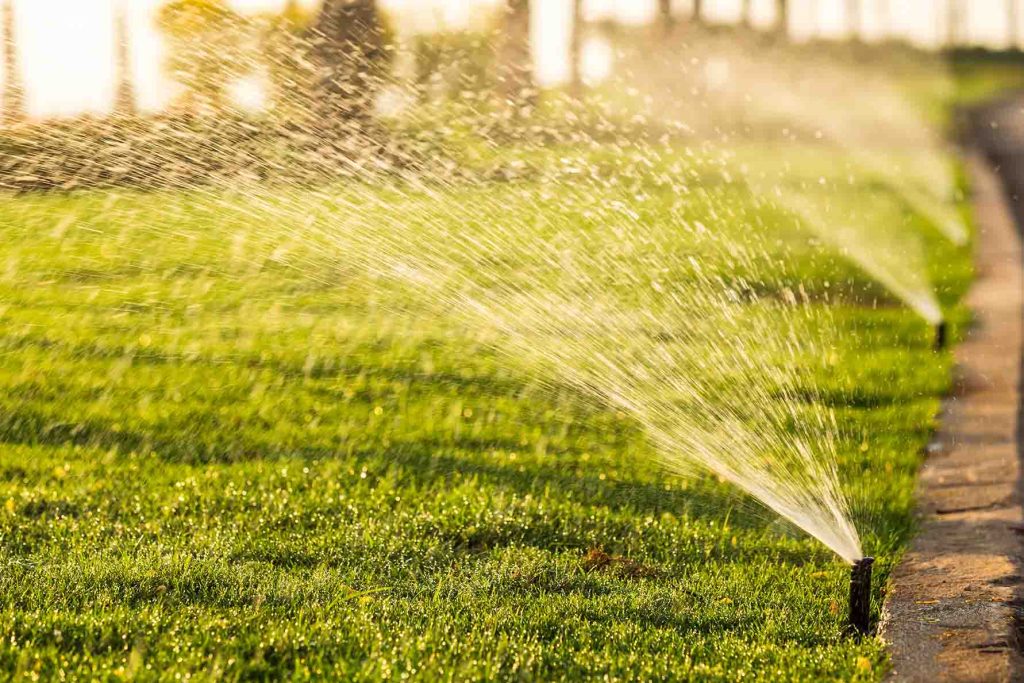
When presented with the right conditions, nutsedge is more aggressive and invasive than healthy grass and even most types of grassy weeds. Nutsedge thrives in the heat of summer, especially in open areas with little-to-no shade. As stated above, the most common cause of nutsedge is always excess moisture, and there are several factors that can cause such a situation to arise in your lawn and yard.
- Compacted Soil: Lawns that are compacted are notorious for not being able to drain properly, which is an invitation for nutsedge to invade.
- Overwatering: Too much rainfall or scheduled waterings can lead to your lawn retaining the excess moisture that nutsedge loves.
- Bare Patches: Areas of your lawn that are bare or under-seeded can cause many drainage and compaction issues.
- Mowing Low: If your mower deck is set too low, you can easily cause the aforementioned bare patches to appear.
- Leaky Sprinklers: Automated irrigation systems often drip around the sprinkler heads, making them a common site for nutsedge.
- Existing Weeds: Lawns that are already struggling with weeds will have existing drainage issues and less turfgrass, meaning more nutsedge!
How Does Nutsedge Spread?

Nutsedge spreads primarily through their tubers, which are small, underground bulbs that form on the roots of mature plants. These tubers can remain dormant in your lawn for several years before sprouting new nutsedge weeds. They’re also capable of attaching themselves to mowers and tools used in lawn care tasks, allowing them to be transported from one location to another more easily. The spread of nutsedge can even be accelerated by animals that may inadvertently eat some tubers or transport them across large areas as they dig for food.
Nutsedge roots are known to go as deep as 4 feet into the soil. The underground tubers and rhizomes sprout new shoots all over your lawn, even up to 10 feet away from the point of origin. Remember, yellow nutsedge weeds (and sometimes purple nutsedge) spread seeds in addition to sprouting new shoots, so you always have to be mindful of conditions that could invite nutsedge even if you don’t see any nutsedge in your yard.
How To Prevent Nutsedge

It can be tempting to reach for chemical herbicides when you notice nutsedge popping up in your lawn, but you should always call a professional weed control service before attempting this yourself. Non-selective weed killers (often used for grassy weeds) will kill everything they touch, including your lawn! Given the similarities between turfgrass and immature nutsedge, this method can be very dangerous if you are unsure whether you are dealing with nutsedge. Be sure to call RDS Lawn Care to rid your lawn of nutsedge this season, and remember the tips below to maintain a healthy and weed-free lawn!
- Use herbicide on mature nutsedge. Look for halosulfuron- or sulfentrazone-based products, and apply them only to flowering nutsedge.
- Avoid pulling-up roots. This activates the tubers and will sprout new shoots, especially if the weed has flowered.
- Improve drainage. Aerating or installing a drainage system will decrease the amount of moisture in the soil.
- Monitor sprinkler heads. Automatic irrigation systems can welcome nutsedge if they malfunction or have leaks.
- Avoid mowing low. Mowing your lawn too low (2 inches or less) can cause bare batches to form, which will invite nutsedge.
- Increase lawn density. Fertilize, seed, and make sure your lawn stays lush and robust to defend itself against the dreaded nutsedge!
